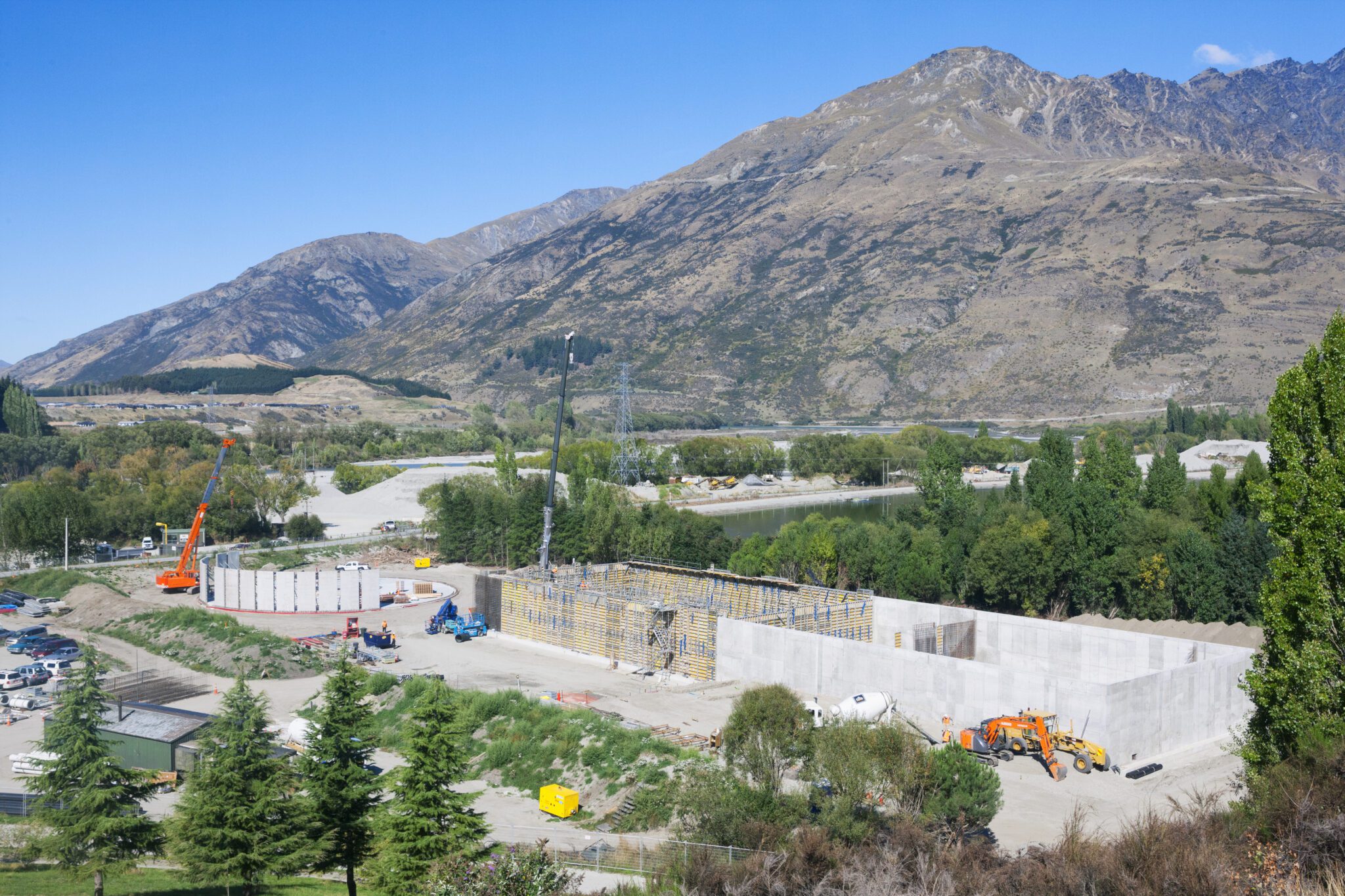After years of discussion and consultation, the Natural and Built Environment Act 2023 (NBEA) and Spatial Planning Act 2023 (SPA), two-thirds of the replacements for the Resource Management Act 1991 (RMA) have been passed by Parliament.
So, what do you need to know?
The NBEA will provide the framework for regulating both environmental management and land use planning. This is the Act that will have the most day-to-day use, dealing with resource consents, and continuing with the National Planning Framework. It will be the core piece of legislation replacing the RMA.
The SPA will be focused on longer term strategic planning. It will provide for the development of Regional Spatial Strategies (RSS), setting out a vision and objectives for a region’s development and change over a 30-year-plus time span. The RSS for each region will be developed by a regional planning committee, comprising representatives from local government, central government, and iwi, hapū, and Māori. There will not be a single prescribed process for public engagement on RSS development, instead regional planning committees are able to develop tailored and innovative approaches that will work for their region.
The Climate Adaption Act (CAA) will be the third part of the RMA replacements. The CAA will support the Government’s response to climate change, and will address how to plan for, fund, and finance managed retreat from areas which will be significantly affected by climate change. While previously seen as a longer-term need, the extreme weather events from earlier this year show how necessary this piece of legislation is. The CAA has not yet been introduced to Parliament, so is still some time away.
When does it take effect?
The vast majority of the NBEA will come into effect the day after it receives Royal Assent, which will be in the next few days. A National Planning Framework will then be established, to provide direction on matters of national significance and for which consistency is desirable, and to set environmental limits and targets.
Each region will then create a natural and built environment plan, which will be published and then become operative ten working days later. The operative date will be known as the region’s NBEA date. On a region’s NBEA date, the RMA ceases to apply to resource consents and resource consent applications lodged in the region, and any new consents will be dealt with under the NBEA. The select committee report indicated that it could take up to ten years to fully transition to the NBEA.
The provisions relating to the Environment Court, including the new civil penalties that the Court will be able to impose (monetary benefit orders, adverse publicity orders, and pecuniary penalties) will come into effect in two years.
The SPA will come into effect the day after it receives Royal Assent. Regional planning committees will be established, and they must adopt their first RSS within three years.
Could the election change things?
Although the NBEA and SPA will be in force well before the election, things could change significantly after that date. While there has been consensus that the RMA needed replacing, there has been little agreement about how to do it. The Labour party has championed this legislation through Parliament, but National, Act, and the Greens all had different views on what the legislation should say. Further amendments to the legislation could form part of the bargaining process when the main parties try to form a Government post-election.
If you have any questions about the new legislation, please contact a member of our Resource Management team.
Disclaimer: The content of this article is general in nature and not intended as a substitute for specific professional advice on any matter and should not be relied upon for that purpose.



